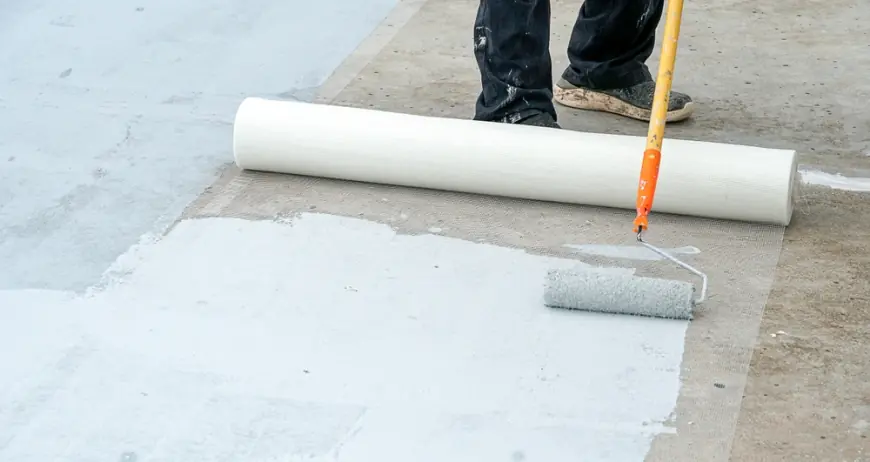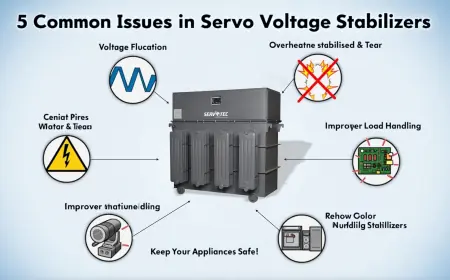How Can Waterproofing Protect Your Property from Moisture Damage?
Waterproofing protects your property by creating a barrier against moisture, preventing water infiltration that can cause structural damage, mold growth, and deterioration, ensuring long-term durability and preserving property value.

Moisture damage is one of the leading causes of structural deterioration and health hazards in homes and buildings. Proper waterproofing is a crucial investment that safeguards your property from water-related issues, ensuring its longevity and safety. In this blog, we will explore how waterproofing can protect your property from moisture damage and why it is essential.
How Does Moisture Damage Affect Your Property?
1. Weakens Structural Integrity
Excess moisture can cause cracks in walls, floors, and foundations, leading to long-term structural damage. Over time, this can compromise the safety and stability of the building.
2. Promotes Mold and Mildew Growth
Damp environments encourage the growth of mold and mildew, which can damage surfaces and cause serious health issues such as respiratory problems and allergies.
3. Causes Paint Peeling and Staining
Walls and ceilings exposed to excess moisture often develop stains, bubbling, and peeling paint, making the interior look unattractive and requiring frequent repairs.
4. Damages Flooring and Carpeting
Wooden flooring can warp, and carpets can develop mold due to prolonged exposure to moisture, leading to expensive replacements.
5. Increases Humidity Levels Indoors
Moisture buildup can lead to high indoor humidity, creating an uncomfortable living environment and potentially damaging furniture and electronics.
How Can Waterproofing Protect Your Property?
Waterproofing acts as a barrier against water infiltration, preventing damage and maintaining the durability of your property. Here’s how it helps:
1. Foundation Protection
- Exterior Waterproofing: Applying waterproof membranes and coatings to the foundation walls prevents water penetration.
- Drainage Systems: Installing French drains and sump pumps helps redirect water away from the foundation.
2. Roof and Ceiling Protection
- Waterproof Coatings: A protective layer prevents leaks and water damage.
- Gutter Maintenance: Properly functioning gutters and downspouts direct rainwater away from the roof and walls.
3. Basement Waterproofing
- Interior Sealants: Waterproof paints and sealers prevent moisture from seeping through basement walls.
- Vapor Barriers: These help block ground moisture from affecting basement interiors.
4. Wall and Floor Protection
- Moisture-Resistant Paints: Special coatings prevent dampness and mold growth.
- Tiling and Sealants: Using waterproof tiles and grout protects floors from water damage.
5. Improved Indoor Air Quality
- Dehumidifiers: Keeping moisture levels in check prevents the growth of mold and mildew.
- Proper Ventilation: Ensuring adequate airflow reduces humidity buildup.
Conclusion
Waterproofing is a critical step in protecting your property from moisture damage. Whether it’s your foundation, roof, basement, or interior walls, implementing effective waterproofing solutions ensures a safer, healthier, and longer-lasting home. Investing in professional waterproofing services today can prevent costly repairs and preserve your property’s value for years to come.
If you need expert waterproofing solutions, consult a professional to assess your property and implement the best protection plan tailored to your needs.
What's Your Reaction?
 Like
0
Like
0
 Dislike
0
Dislike
0
 Love
0
Love
0
 Funny
0
Funny
0
 Angry
0
Angry
0
 Sad
0
Sad
0
 Wow
0
Wow
0











































